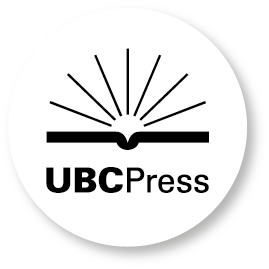Come Retribution
The Confederate Secret Service and the Assassination of Lincoln
Many Confederates believed that Abraham Lincoln himself was the sponsor of the Union army’s heavy destruction of the South. With John Wilkes Booth as its agent, the Confederate Secret Service devised a plan of retribution—to seize President Lincoln, hold him hostage, and bring the war-weary North to capitulation. The code word for this stratagem was “Come Retribution.”
But when Booth was stymied, the Secret Service took another course. They conspired to bomb the White House during a conference of senior Union officials. But this plot also failed. Next, the Confederates devised for Confederate forces to abandon Richmond and Petersburg and to link up with General Joseph E. Johnston in the South before General Grant’s forces were prepared to move. This plan was thwarted, however, when Grant took Richmond. By April 9, 1865, Lee was forced to surrender.
Yet the willful, ardent Booth, smarting from the South’s loss of the war, took decisive action at Ford’s Theater during that spring night in 1865.
Investigating the assassination from their perspective as career intelligence officers, William A. Tidwell and David Winfred Gaddy, joined by James O. Hall, one of the leading authorities on the assassination, find and follow the clues, interpret the clandestine evidence, and draw well-founded conclusions. They are the first to explore the Confederate Secret Service’s link to the death of Lincoln. In Come Retribution, they offer startling insights and give a new direction to the well-known and often-told story of Lincoln and Booth.
“The facts presented and the inferences drawn are provocative,” said Nathan Miller in The Baltimore Sun. “Every account of the Lincoln assassination published in the future will have to take account of the arguments presented in this book.”
In the wake of Iran-Contra intrigue, this book, the first detailed look inside Confederate intelligence operations, makes good reading. It shows the Confederacy developing a sophisticated network of intelligence gathering and such modern practices as ‘disinformation.’ The authors, former intelligence officers, assert, without proving, that the Confederacy had a well-conceived plan to kill Lincoln and end the war.
[This book’s] outline of Confederate intelligence activities and clandestine secret service operations is ‘by far the best such account in print.’
William A. Tidwell (1918–1999) was a retired Army Reserve brigadier general, intelligence officer, and historian who also authored books about the assassination of President Abraham Lincoln, including April ’65: Confederate Covert Action in the American Civil War. James O. Hall (1912–2007) was an historian who specialized in the assassination of Abraham Lincoln. He was widely regarded as one of the top experts on this matter. His books include On the Way to Garrett’s Barn—John Wilkes Booth and David E. Herold in the Northern Neck of Virginia, April 22–26, 1865, and The Surratt Family and John Wilkes Booth. His Lincoln research files form the cornerstone of the James O. Hall Research Center at the Surratt House Museum. David Winfred Gaddy (1932–2015) served the Department of Defense, first as a translator and analyst, and later rose to become a senior executive. He was especially proud in his career of his contributions to the establishment of the National Cryptologic Museum at Fort Meade, Maryland. And he was a member of the Company of Military Historians.





